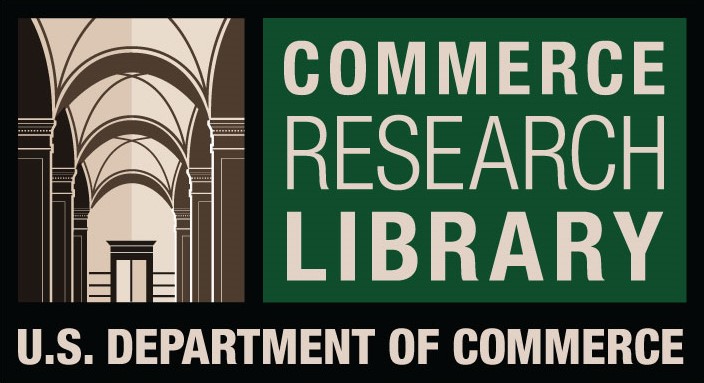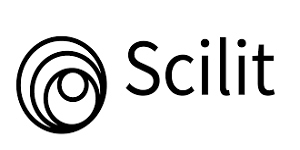Treatment of Kidney Stones Using Diosgenin
DOI:
https://doi.org/10.61841/p4fb0n93Keywords:
diosgenin, kidney, urolthiasis, kidney stonesAbstract
Kidney stone is a common disease in the world. These stones are present in solid structures which lead to severe pain and discomfort in kidney. This problem is also known as urolithiasis which affects approximately 12 percent of the world's population. Kidney stone is the third most prevalent disease among the various diseases which are affecting the urinary system. The accumulation of crystals / stones, usually made of calcium oxalate, characterizes this disease. Having the stones repeated after treatment is the main challenge. In males there is a 78- 81% and in females a 47-60% rate of recurrence. In contrast to women, the occurrence of stones is three times higher in men. Though some products are available on the market, most of them do not deal with reoccurrence problems. Our researches have shown the promising role of diosgenin in stone prevention, so it may address the reoccurrence problem. It is also a drug derived from plants and not artificial, and therefore may have fewer side effects. In this paper, treatment of kidney has been performed with the utilization of diosgenin.
Downloads
References
[1] C. Türk et al., “EAU Guidelines on Diagnosis and Conservative Management of Urolithiasis,” Eur. Urol.,
2016.
[2] A. Srisubat, S. Potisat, B. Lojanapiwat, V. Setthawong, and M. Laopaiboon, “Extracorporeal shock wave
lithotripsy (ESWL) versus percutaneous nephrolithotomy (PCNL) or retrograde intrarenal surgery (RIRS)
for kidney stones,” Cochrane Database of Systematic Reviews. 2014.
[3] J. Shoag, J. Halpern, D. S. Goldfarb, and B. H. Eisner, “Risk of chronic and end stage kidney disease in
patients with nephrolithiasis,” J. Urol., 2014.
[4] K. Scherer et al., “Non-invasive Differentiation of Kidney Stone Types using X-ray Dark-Field
Radiography,” Sci. Rep., 2015.
[5] R. Phillips, V. S. Hanchanale, A. Myatt, B. Somani, G. Nabi, and C. S. Biyani, “Citrate salts for preventing
and treating calcium containing kidney stones in adults,” Cochrane Database of Systematic Reviews. 2015.
[6] S. Fagagnini et al., “Risk factors for gallstones and kidney stones in a cohort of patients with inflammatory
bowel diseases,” PLoS One, 2017.
[7] J. F. Donaldson et al., “Systematic review and meta-analysis of the clinical effectiveness of shock wave
lithotripsy, retrograde intrarenal surgery, and percutaneous nephrolithotomy for lower-pole renal stones,”
Eur. Urol., 2015.
[8] M. Ordon, D. Urbach, M. Mamdani, R. Saskin, R. J. D. A. Honey, and K. T. Pace, “A population based
study of the changing demographics of patients undergoing definitive treatment for kidney stone disease,”
J. Urol., 2015.
[9] S. D. Willard and M. M. Nguyen, “Internet search trends analysis tools can provide real-time data on
kidney stone disease in the united states,” Urology, 2013.
Downloads
Published
Issue
Section
License

This work is licensed under a Creative Commons Attribution 4.0 International License.
You are free to:
- Share — copy and redistribute the material in any medium or format for any purpose, even commercially.
- Adapt — remix, transform, and build upon the material for any purpose, even commercially.
- The licensor cannot revoke these freedoms as long as you follow the license terms.
Under the following terms:
- Attribution — You must give appropriate credit , provide a link to the license, and indicate if changes were made . You may do so in any reasonable manner, but not in any way that suggests the licensor endorses you or your use.
- No additional restrictions — You may not apply legal terms or technological measures that legally restrict others from doing anything the license permits.
Notices:
You do not have to comply with the license for elements of the material in the public domain or where your use is permitted by an applicable exception or limitation .
No warranties are given. The license may not give you all of the permissions necessary for your intended use. For example, other rights such as publicity, privacy, or moral rights may limit how you use the material.












